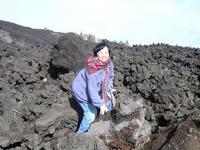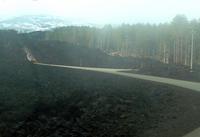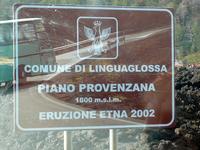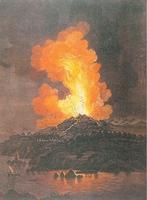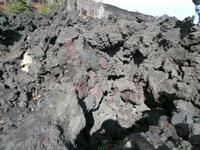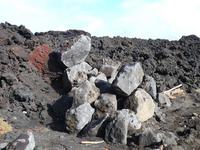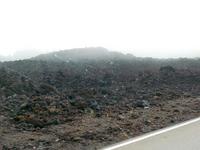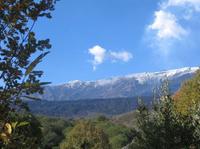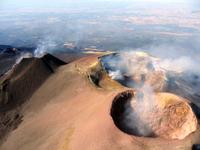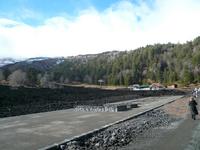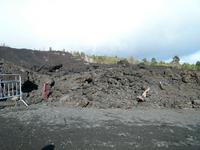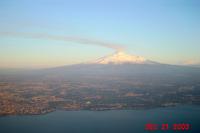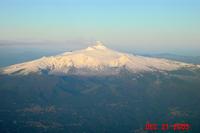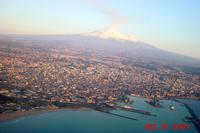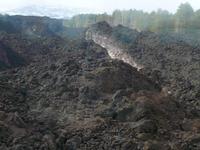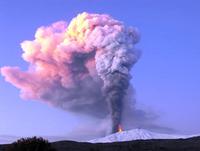You are in: Europe -> Italy -> Mount Etna, and traditional search or Image Gallery will yield results of this site only
Mount Etna
| Site number: | 1427 |
|
| Type of site: | natural | |
| Date of Inscription: | 2013 | |
| Location: | Europe, Italy, Eastern Sicily | |
Up to 75 images are shown here. Click on each for more details or on Image Gallery for more images.
Six official UN languages:
Arabic,
Chinese,
English,
French,
Russian,
Spanish
Other languages: Afrikaans, Albanian (Shqip), Azerbaijani, Basque (Euskara), Belarusian, Belarusian- Tarashkyevich, Bengali, Breton, Bulgarian, Catalan, Chuvash, Croatian, Czech, Danish, Dutch, Esperanto, Estonian, Finnish (suomi), Galician, Georgian, German, Greek, Hebrew, Hungarian, Indonesian, Italian, Japanese, Korean, Latvian, Lithuanian, Norwegian-bokmål, Norwegian-nynorsk, Occitan, Polish, Portuguese, Romanian, Sicilian, Slovenian, Swedish, Tamil, Thai, Turkish, Ukrainian, Vietnamese, Welsh
Other languages: Afrikaans, Albanian (Shqip), Azerbaijani, Basque (Euskara), Belarusian, Belarusian- Tarashkyevich, Bengali, Breton, Bulgarian, Catalan, Chuvash, Croatian, Czech, Danish, Dutch, Esperanto, Estonian, Finnish (suomi), Galician, Georgian, German, Greek, Hebrew, Hungarian, Indonesian, Italian, Japanese, Korean, Latvian, Lithuanian, Norwegian-bokmål, Norwegian-nynorsk, Occitan, Polish, Portuguese, Romanian, Sicilian, Slovenian, Swedish, Tamil, Thai, Turkish, Ukrainian, Vietnamese, Welsh
| Description: | Mount Etna is an iconic site encompassing 19,237 uninhabited hectares on the highest part of Mount Etna, on the eastern coast of Sicily. Mount Etna is the highest Mediterranean island mountain and the most active stratovolcano in the world. The eruptive history of the volcano can be traced back 500,000 years and at least 2,700 years of this activity has been documented. The almost continuous eruptive activity of Mount Etna continues to influence volcanology, geophysics and other Earth science disciplines. The volcano also supports important terrestrial ecosystems including endemic flora and fauna and its activity makes it a natural laboratory for the study of ecological and biological processes. The diverse and accessible range of volcanic features such as summit craters, cinder cones, lava flows and the Valle de Bove depression have made the site a prime destination for research and education. --WHMNet's description is from WHC Site, where additional information is available. | |
| Mount Etna (Latin: Aetna, Sicilian: Mungibeddu or 'a Muntagna) is an active stratovolcano on the east coast of Sicily, Italy, close to Messina and Catania. It lies above the convergent plate margin between the African Plate and the Eurasian Plate. It is the tallest active volcano on the European continent, currently standing 3,329 m (10,922 ft) high, though this varies with summit eruptions. It is the highest mountain in Italy south of the Alps. Etna covers an area of 1,190 km2 (459 sq mi) with a basal circumference of 140 km. This makes it by far the largest of the three active volcanoes in Italy, being about two and a half times the height of the next largest, Mount Vesuvius. Only Mount Teide in Tenerife surpasses it in the whole of the European–North-African region. In Greek Mythology, the deadly monster Typhon was trapped under this mountain by Zeus, the god of the sky and thunder and king of gods, and the forges of Hephaestus were said to also be located underneath it. Mount Etna is one of the most active volcanoes in the world and is in an almost constant state of activity. The fertile volcanic soils support extensive agriculture, with vineyards and orchards spread across the lower slopes of the mountain and the broad Plain of Catania to the south. Due to its history of recent activity and nearby population, Mount Etna has been designated a Decade Volcano by the United Nations. In June 2013, it was added to the list of UNESCO World Heritage Sites. --Wikipedia. Text is available under the Creative Commons Attribution-ShareAlike License. | ||
| Source: | http://whc.unesco.org/en/list/1427 | |
| Source2: | Wikipedia (http://wikipedia.com) | |
| Reference: | 1. UNESCO World Heritage Center (http://whc.unesco.org/en/list/1427). 2. Wikipedia. | |



